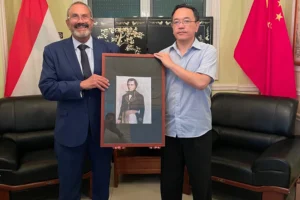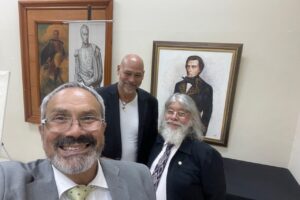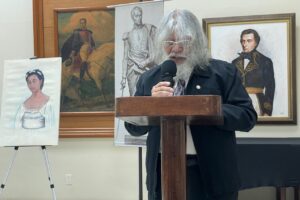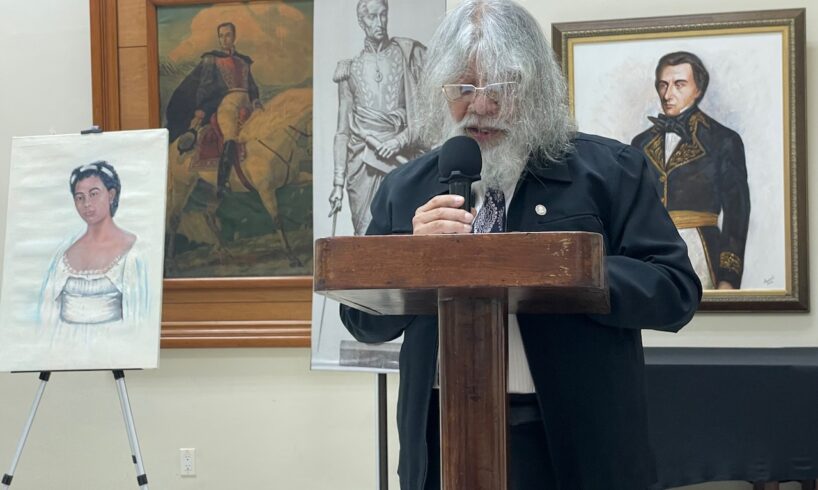
CURAÇAO – February 12, 2025 – A speech delivered in Curaçao on February 12 has reignited historical discussions about María Isabel Gómez, the mother of Venezuelan independence leader General Manuel Piar. The tribute, held at a formal event hosted by the Sociedad Bolivariana, shed light on her vital yet often neglected contributions to the fight for freedom, as well as the systemic racial and gender biases that have kept her story in the shadows for centuries.
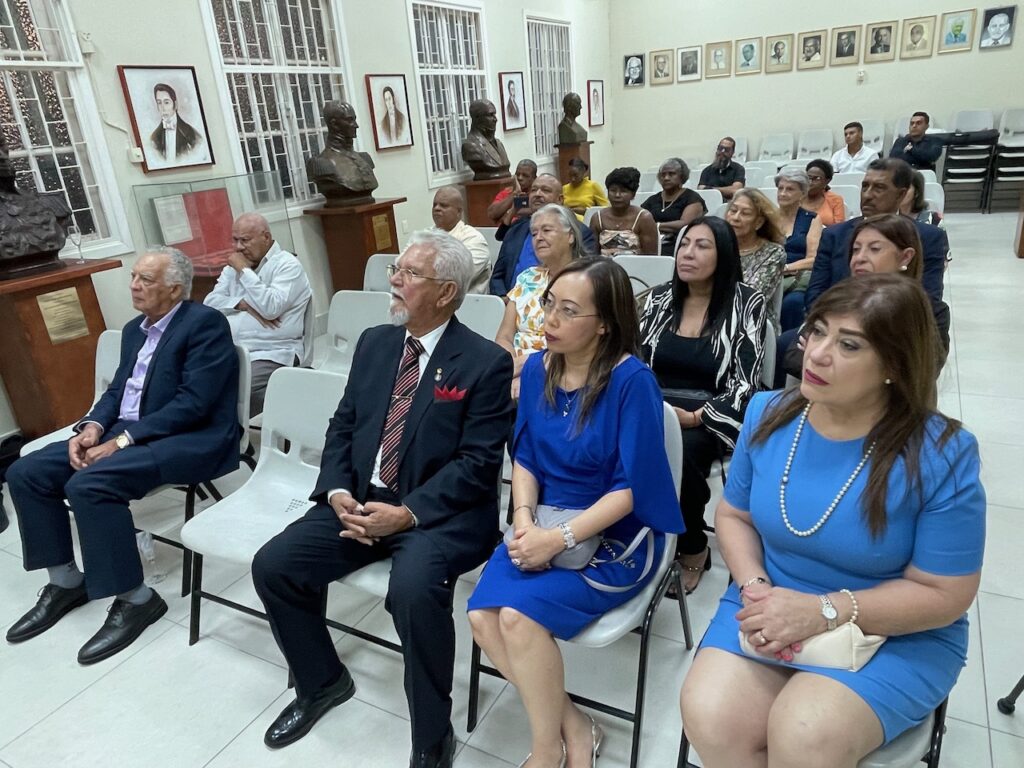
The event featured prominent historians, cultural figures, and renowned Venezuelan artist Norberto Liendo, who painted a striking portrait of María Isabel Gómez in 2016. The painting, which had remained largely unknown to the public, was officially unveiled in Curaçao on February 12, 2025, as Liendo’s gift to the island, honoring Gómez’s Curaçaoan roots and her contributions to Latin American history.
Norberto Liendo’s painting places María Isabel Gómez at the center of attention, capturing her grace, resilience, and historical importance. Unlike many representations of Afro-Caribbean women in colonial times, this artwork portrays her in full dignity—elegantly dressed, poised, and commanding respect.
The painting challenges the historical erasure of Black and mixed-race women by presenting Gómez as a figure of strength and refinement, rather than reducing her to the margins of history. Her elegant dress symbolizes her rightful place in society—a woman of influence, courage, and dignity, not just the mother of a revolutionary but a revolutionary in her own right.
Set against a subtle yet evocative backdrop, likely referencing her Curaçaoan origins, the artwork speaks to both her personal struggles and her enduring legacy. The choice to center María Isabel in an elegant and powerful composition is a deliberate statement, emphasizing that she deserves recognition, admiration, and historical justice.
Norberto Liendo’s Speech at the Sociedad Bolivariana
During the event, Norberto Liendo spoke passionately about his inspiration for the piece and why he chose to unveil it in Curaçao:
“For too long, history has pushed María Isabel Gómez to the background—treating her as a footnote in the story of Manuel Piar. But she was more than a mother; she was a patriot, a fighter, and a woman of extraordinary strength. I wanted my painting to reflect her true essence—not as a figure in the shadows, but as a woman of elegance, presence, and significance.”
Liendo also emphasized the role of art in rewriting historical narratives:
“History often fails to give women like María Isabel Gómez the space they deserve. Through this painting, I wanted to correct that injustice. She stands here, at the center, because that is where she has always belonged. By gifting this work to Curaçao, I hope to ensure that her story is not only remembered but celebrated, here in the land where her journey began.”
His speech was met with applause, as attendees reflected on how art can play a powerful role in historical justice and representation.
María Isabel Gómez’s Role in the Independence Movement
The speech at the Sociedad Bolivariana further explored María Isabel Gómez’s direct involvement in the Venezuelan independence movement—a role often overshadowed by male figures. It highlighted her participation in key revolutionary activities, including:
•Embroidering the first Venezuelan flag, symbolizing her direct contributions to the independence cause.
•Distributing revolutionary pamphlets, despite the risks faced by women of African descent in colonial society.
•Suffering persecution, imprisonment, and exile, including her detention in the notorious dungeon “El Infiernito” before her forced deportation back to Curaçao.
Her story is one of sacrifice and resilience, reflecting the broader struggles of Afro-Caribbean women who fought for independence but were later erased from the official narratives.
A Legacy Restored Through Art and Historical Recognition
The unveiling of Liendo’s elegant and dignified portrait of María Isabel Gómez was not just an artistic moment—it was a statement about reclaiming history. Scholars at the event called for continued research, educational inclusion, and more artistic representations of Afro-Caribbean women in history.
As the event concluded, one speaker summed up the significance of Liendo’s contribution:
“This painting does what history books have failed to do—it places María Isabel Gómez exactly where she should be: seen, honored, and respected. This is not just a portrait; it is an act of justice.”
The challenge now is ensuring that this recognition is not temporary, but permanent—in museums, classrooms, and the broader narrative of Latin American history.
With Liendo’s powerful work now gifted to Curaçao, María Isabel Gómez is no longer invisible. She stands as a symbol of resilience, elegance, and the unbreakable spirit of the Afro-Caribbean women who helped shape Latin America’s fight for freedom.
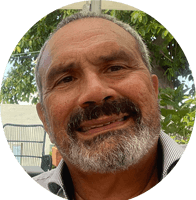
Tico Vos is a professional photographer, producer, and tourism specialist. He has been documenting the History, Culture, and News of Curaçao. This site is a documentation of the history of Manuel Carlos Piar.

